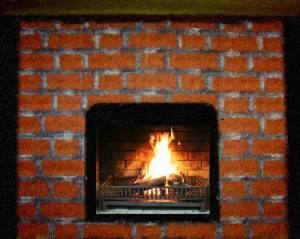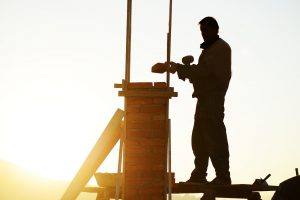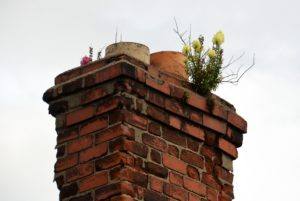The winter rains can cause a lot of damage and destruction. While your fireplace can keep you warm, it is also subject to harm during the cold season. An annual chimney inspection may uncover hidden water damage from these rains or obvious masonry repairs maybe noticeable. The summertime is an ideal time to make such fixes while the weather is good.
CHIMNEY INSPECTION
When we have a winter like the one we had with record rainfall, a chimney inspection is even more critical than ever. Add to this is the recent earthquakes. These combine to create a combination of scenarios where cracks may lead or have lead to water damage. Along with this, long winters also lead to higher use of chimneys which cause higher levels o buildup of creosote. This is your fireplaces enemy and can lead to safety hazards and corrosion.
Thus, the first thing you should do after a winter with high rain and cold spells is to schedule a chimney inspection before a new winter. This is a lot easier to do over the summer so you don’t have to try to schedule it in the middle of a cold spell. In addition, if repairs are needed, the rain won’t slow down the repair service.
CHIMNEY REPAIRS
As we discussed, a harsh winter makes chimney inspections even more important to identify chimney damage. Just like with most repairs, time can make the condition worse. Thus, it is imperative that you start repairs as soon as possible.
Since we are approaching Fall, the timing for repairs has become even more critical. It is a huge safety risk to have a damaged chimney or fireplace. Should you start a fire and your chimney is damaged, it could lead to even bigger problems like water seeping into parts of your home from winter rain or even a fire getting ignited.
REPLACING MASONRY
One are where damage may exist is the masonry. Most of the time, this can solved by replacing damaged masonry. It is critical to use the proper materials to fix it or you could damage the underlying integrity of the chimney.
OTHER REPAIRS
Some other areas that may need repairs are the flue, liner, firebox, or smoke chamber. Each of these poses its own hazards. Inspections can identify any harm so you can get it remedied quickly.
Call The Irish Sweep if you are uncertain of the damage or have chimney repairs you need done before the next set of winter storms.





